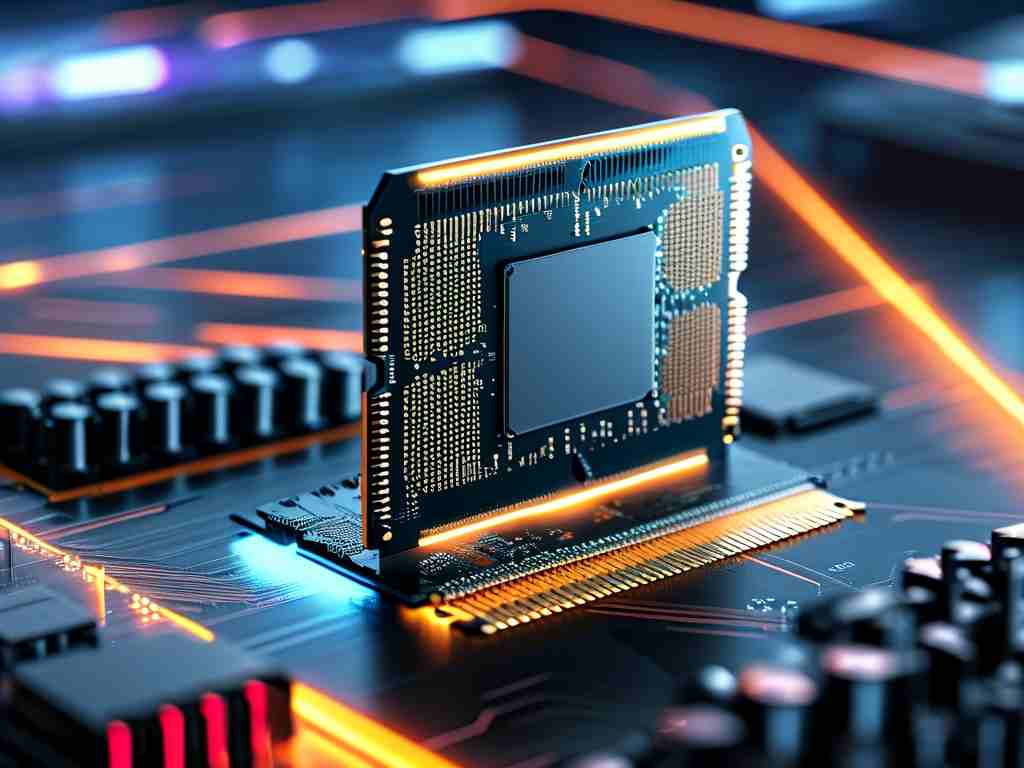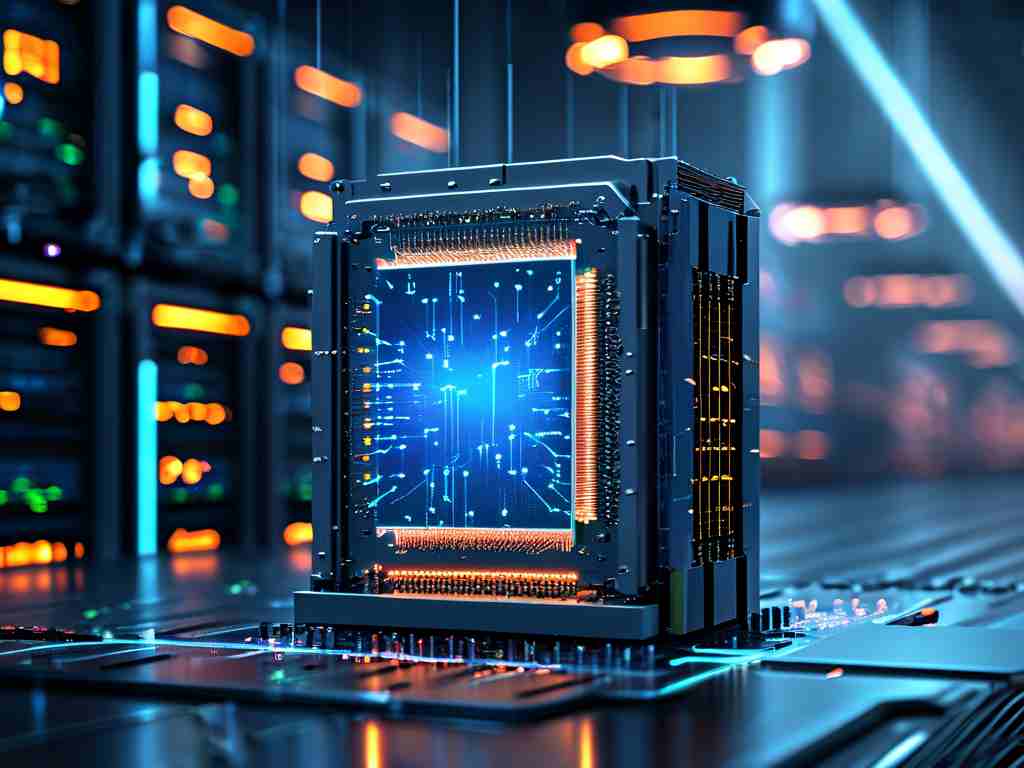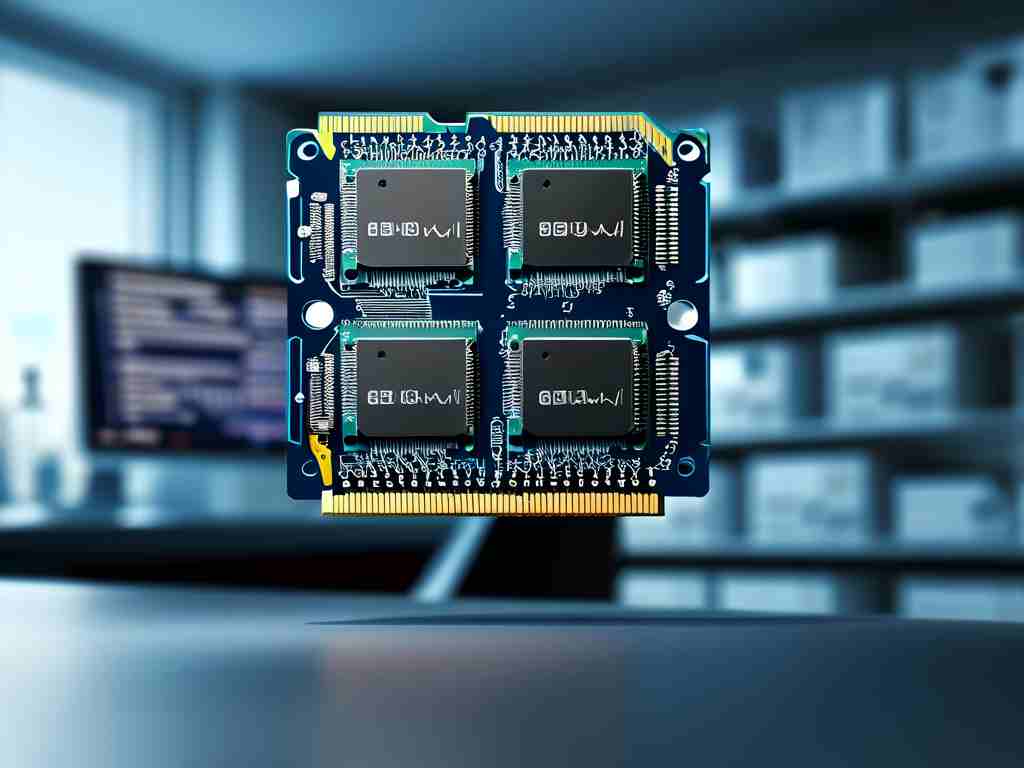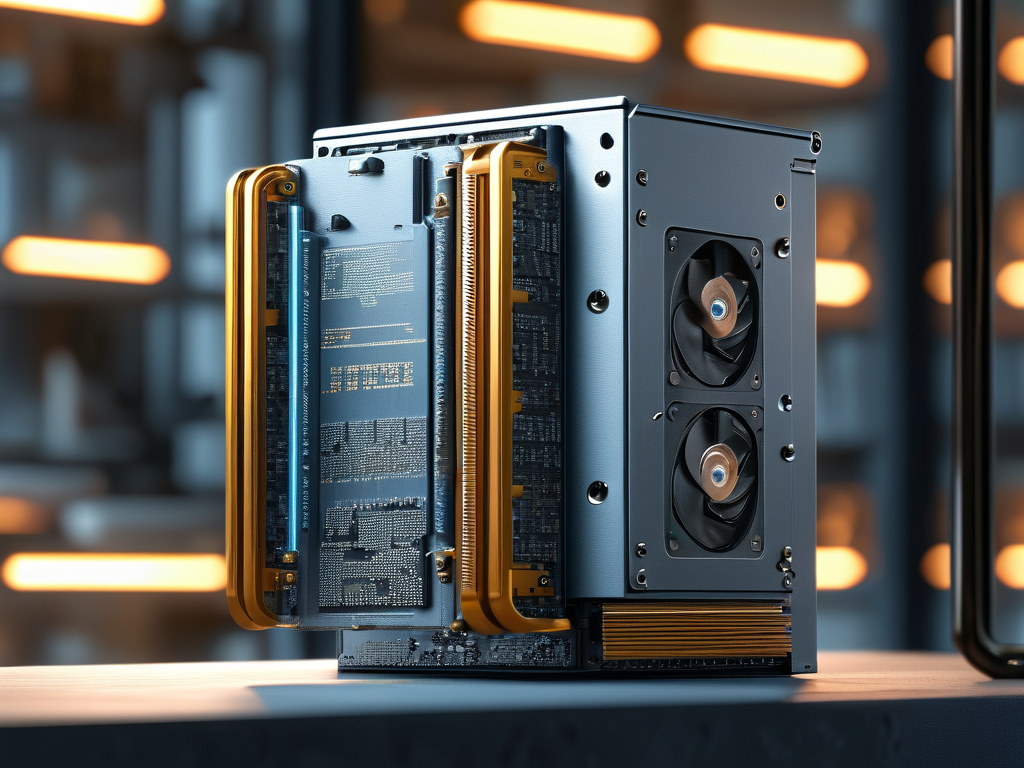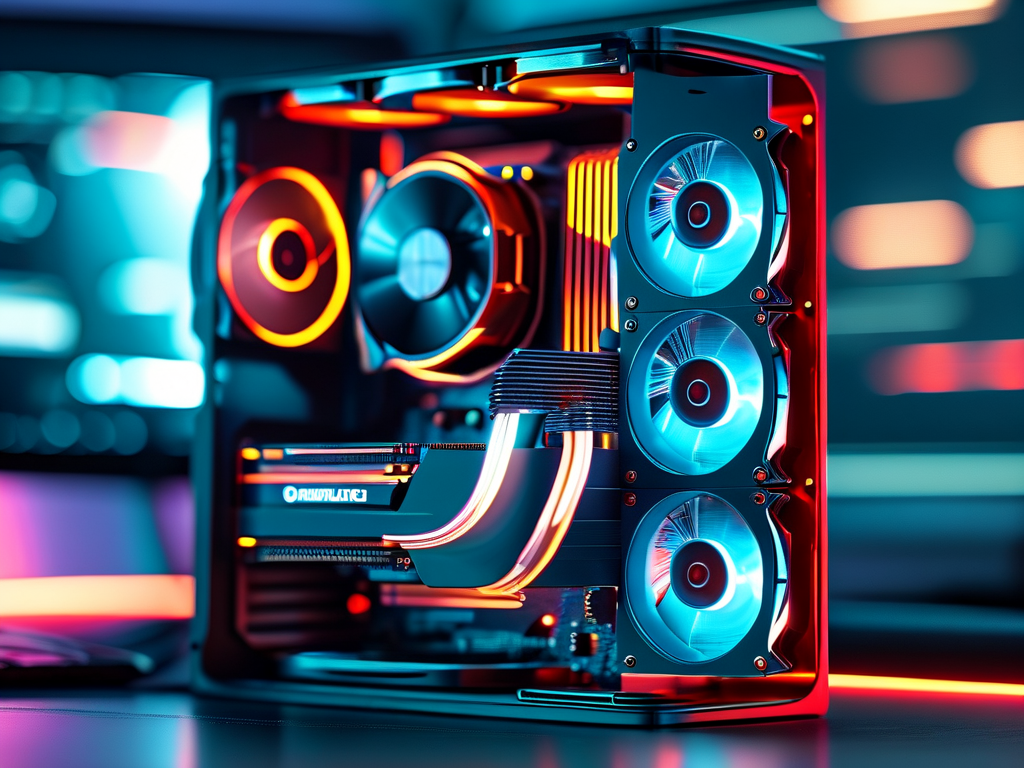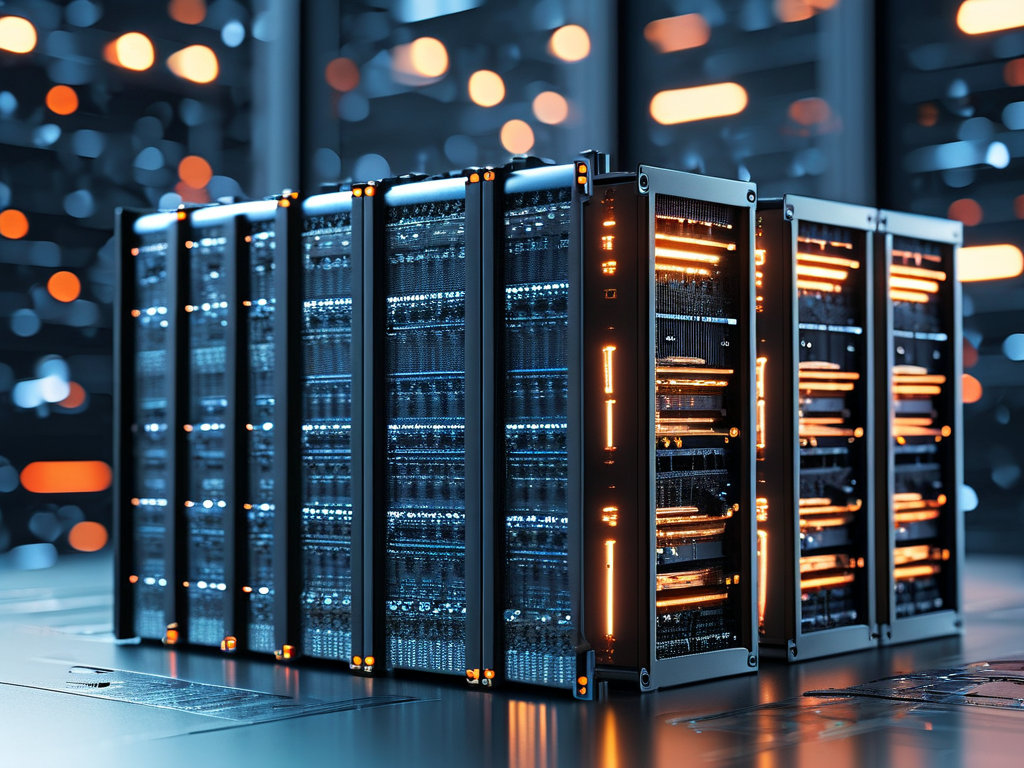At the core of every computing device lies a symbiotic relationship between the Central Processing Unit (CPU) and memory. These components work in tandem to execute instructions, process data, and manage tasks efficiently. Understanding their collaboration requires dissecting their roles, communication pathways, and the underlying mechanisms that drive modern computing.
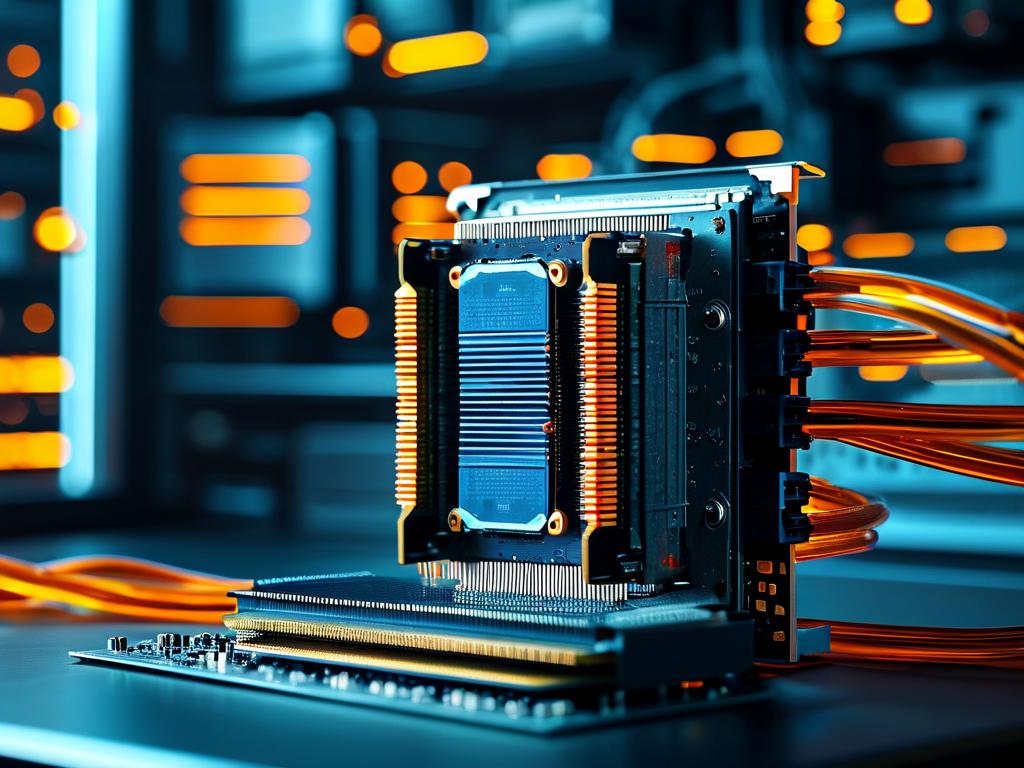
The CPU: The Brain of the System
The CPU operates as the primary coordinator of computational tasks. It fetches instructions from memory, decodes them into actionable commands, and executes operations using its arithmetic logic unit (ALU). Modern CPUs employ multiple cores to handle parallel tasks, but their efficiency hinges on rapid access to data stored in memory. Clock cycles dictate the speed at which these operations occur, with faster clocks enabling quicker processing—provided memory can keep pace.
Memory: The Temporary Workspace
Memory, often referred to as RAM (Random Access Memory), serves as a temporary storage hub for active data and instructions. Unlike permanent storage (e.g., SSDs or HDDs), memory is volatile, meaning it loses data when power is cut. Its primary function is to supply the CPU with the information needed for immediate tasks. The speed and capacity of memory directly influence system performance, as bottlenecks arise when the CPU waits for data retrieval.
Data Pathways: Buses and Controllers
Communication between the CPU and memory occurs through electrical pathways called buses. The address bus transmits location information, specifying where data resides in memory, while the data bus carries the actual data. A memory controller acts as an intermediary, managing read/write operations and ensuring synchronization. For example, when the CPU requests a file, the memory controller locates the data, retrieves it, and sends it via the data bus.
The Fetch-Execute Cycle
A critical process linking the CPU and memory is the fetch-execute cycle. Here’s a simplified breakdown:
- Fetch: The CPU retrieves an instruction from memory using the program counter, which tracks the next command’s address.
- Decode: The instruction is interpreted by the control unit.
- Execute: The ALU performs the required calculation or operation.
- Store: Results are written back to memory or registers.
This cycle repeats billions of times per second, underscoring the need for low-latency memory access.
Caching: Bridging the Speed Gap
To mitigate delays caused by slower memory speeds, CPUs integrate cache memory—a small, ultra-fast storage layer. Modern processors feature multi-level caches (L1, L2, L3), with L1 being the fastest but smallest. Frequently accessed data is stored here, reducing the need to fetch from main memory. For instance, a game loading textures might cache recurring assets to avoid repetitive RAM access.
Virtual Memory and Swap Space
When physical RAM is insufficient, systems use virtual memory, which temporarily offloads data to a storage drive. While this expands usable memory, it introduces latency due to slower read/write speeds of storage devices. The CPU’s memory management unit (MMU) maps virtual addresses to physical locations, ensuring seamless operation even when relying on swap space.
Challenges in Modern Architectures
As CPUs evolve with more cores and higher clock speeds, memory subsystems must adapt. Technologies like DDR5 RAM and NVMe storage aim to reduce bottlenecks, while innovations such as non-volatile RAM (NVRAM) promise faster persistent storage. Additionally, heterogeneous computing—combining CPUs with GPUs or NPUs—adds complexity to memory management, requiring advanced controllers and unified memory architectures.
The interplay between CPU and memory defines a computer’s performance. From buses and caching to virtual memory, each component optimizes data flow to minimize latency and maximize efficiency. As demands for real-time processing grow, advancements in both hardware and software will continue to refine this partnership, enabling faster and more responsive systems.


